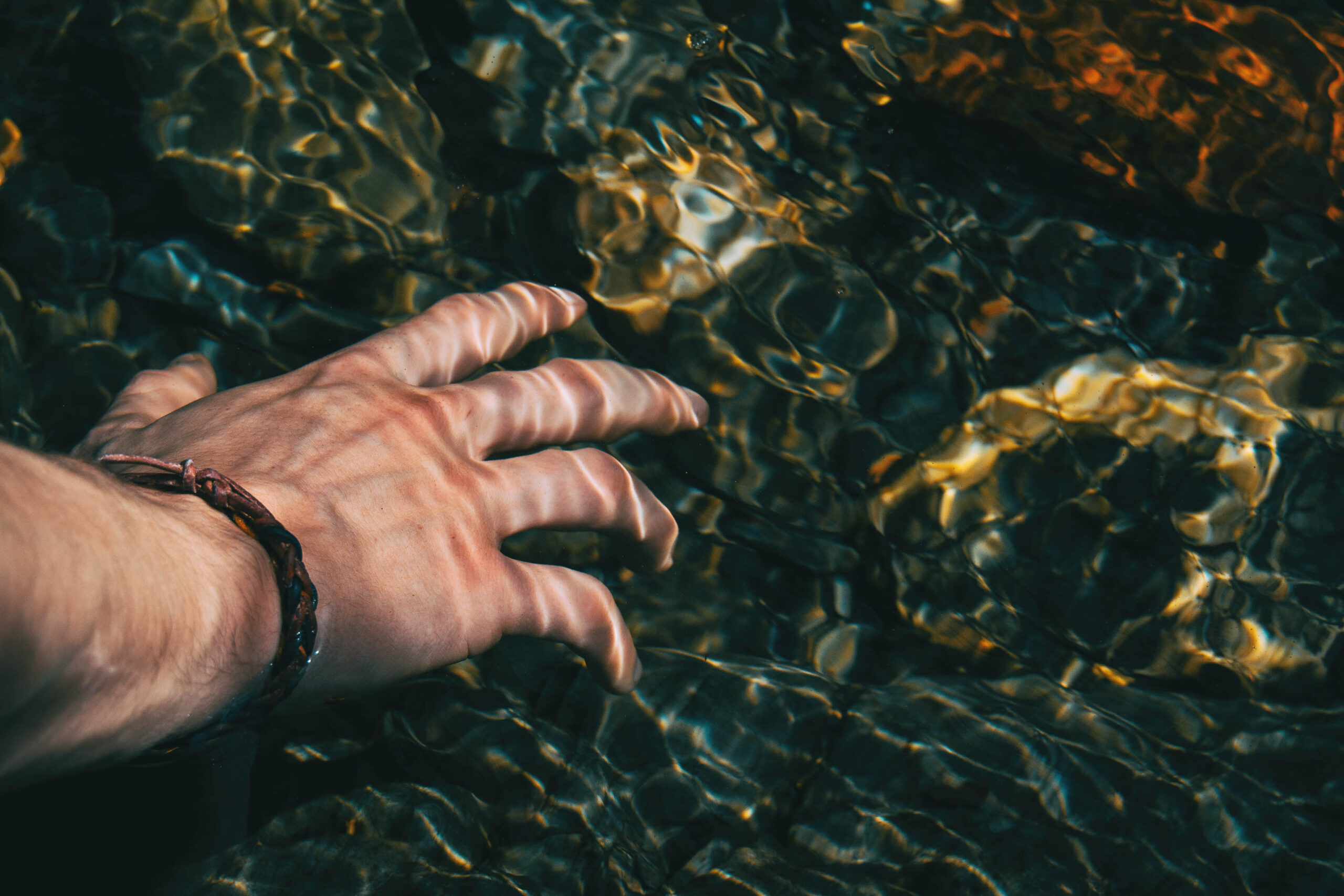In an emergency, the human body can only last three days without water. Fortunately for us, there are many ways to find and disinfect safe drinking water in different areas of the world. If you’re hiking, camping, or just out in the wilderness and find yourself without potable drinking water, there are various ways to purify your own. Some methods are easier than others, but regardless of what method you choose, it is always better to be safe than sorry. This guide will explain how to make it through with clean water.
Find The Source
The first step to purifying water is finding a source! If you happened across an aquifer or stream, great – but if not, it’s time for some survival skills. Brackish and salty sources can also be used in emergencies.
Although it may not be the most accessible resource, precipitation can supply you with clean drinking water. Rain and melted snow are safe to drink without a filtration system, while other forms of precipitation must be boiled before consumption for safety purposes.
You should be able to collect fresh rainfall without any processing needed since it hasn’t touched dirt or leaves yet – make sure not to get caught out in an open storm if possible!
If outside, when it begins raining (or hailing!), gather some ice on your jacket with your gloves and then melt them by putting them near a fire source once inside again so that you have drinking water right away as well. Snow works similarly but needs more time spent melting into a drinkable liquid using body heat.
Boiling The Water
The easiest way to get fresh-tasting purified water is by bringing it up to a boil then letting it cool down before consuming. This method is best used with clear running streams or lakes where there isn’t an abundance of particulate matter that can make your boiled water taste funny.
Once at a rolling boil, let it continue for several minutes (up to 30) before allowing it to cool completely. If done correctly, it should take approximately one hour without any interruptions such as wind gusts affecting fire intensity or stirring of the water.
If a metal, ceramic, or glass container is not available to use over the fire, heat rocks in your campfire for 30 minutes and place them into your chosen water-holding vessel.
The best vessels would be rock depressions like those burned out of wood, folded bark containers such as birch bark tuck boxes, animal stomachs used previously for food storage (you will need to clean it thoroughly before using). Quartz stones should never be heated up because these can explode when hot!
SODIS Method
Solar water disinfection (SODIS for short) is a simple, effective way to kill the most harmful bacteria in contaminated drinking water. It’s inexpensive and free of chemicals – what more could you ask for? T
his process takes only one day: fill up your plastic bottles with dirty or tainted tap water, place them out under the sun’s UV rays until nightfall… voila! Clean drinkable H20 that will be safe even if stored at room temperature.
The method has some drawbacks. First, you need sunny weather or two days of the overcast sky to reach maximum effectiveness. It also does not work in the rain and is less effective against certain parasites, including bacterial spores and cyst stages.
Plus, it only works with clear water from clean bottles (2 liters max). The bad news doesn’t end there – this method offers no residual disinfection for chemical contamination, so essentially, nothing would be done about that problem either!
Distillation
One of the most effective ways to purify water is by distilling it using a solar still or some container that allows you to capture steam and condensation (plastic sheeting works excellent).
To build one yourself, place a small rock at the bottom center of whatever you have available and fill it with organic matter such as grasses, leaves, and bark. Ensure they don’t contain any toxins/chemicals which could leach into your drinking source after being trapped in the container.
Then place a larger rock in a circle formation surrounding your small one and hold it down with dirt or rocks around all sides to secure it in place. Make sure that you have at least a two-foot radius so that steam can collect on the inside of your plastic sheeting, then drip into whatever container is underneath it. And there you go, fresh, clean drinking water just waiting for you!
In Conclusion
It is risky to drink raw water, even if you’re in a pristine wilderness. Unless you can find a spring that’s issuing clean drinking water naturally from the ground, avoid it at all costs and attempt any kind of processing before saying “bottoms up” to unprocessed water.
But there are exceptions: If death by dehydration nears and treatment isn’t an option for your source of drinking water, then do what must be done – better alive with pathogens than dead!
As always, be safe when venturing out into nature, especially if going solo where anything could happen unexpectedly.

